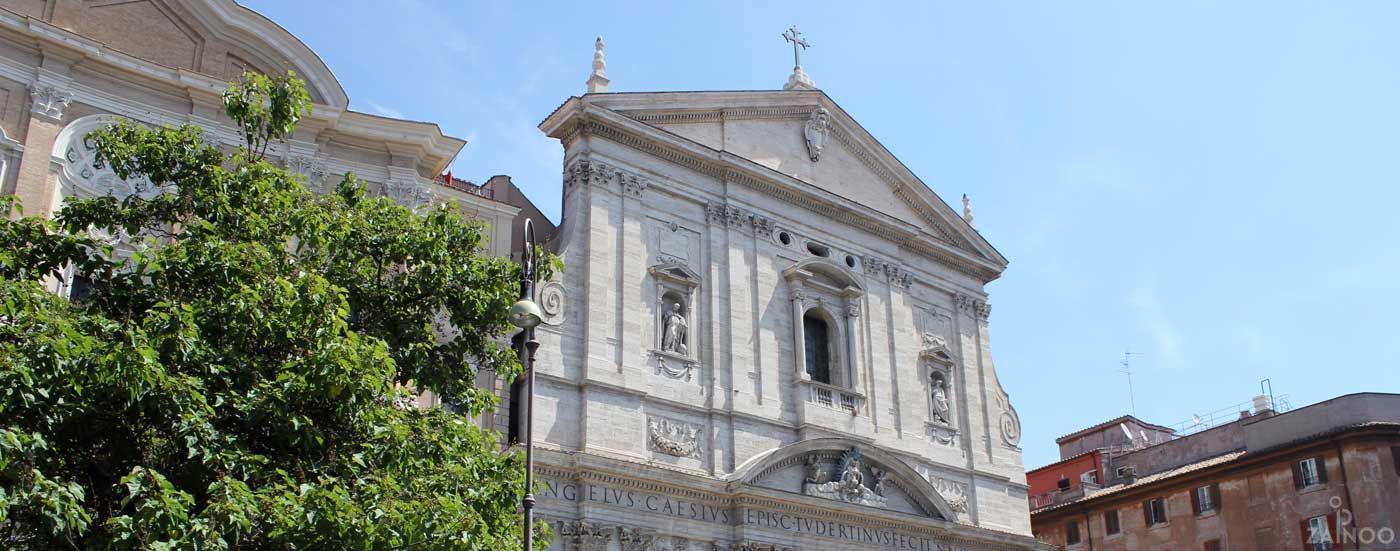Chiesa Nuova
Church
Chiesa Nuova
Reform Church in Rome
The Chiesa Nuova was built in 1575 by the Brotherhood of the Oratory on the foundations of a St. Johns church from the 12th Century. The Oratorians, who attracted attention with their devotional songs, founded themselves on the reform movement of Saint Philip Neri, who wanted to cause the moral renewal of the Church of Rome in the 16th Century. Originally consecrated as church Santa Maria in Vallicella, the pillar basilica was called Chiesa Nuova, “New Church” in the vernacular from the beginning. Against the will of its founder, the church was richly decorated and is impressive even from the outside by its mighty dome and the façade decorated with columns and pilasters. Inside, what is particularly remarkable are the high baroque frescoes "God the Father and Christ" in the dome and "Assumption" in the apse by Pietro da Cortona. Peter Paul Rubens created the image of the Madonna and two more images on the high altar. In addition to the choir, the tomb of St. Philip is located in a small chapel.
Next to the Chiesa Nuova is the Oratorio dei Filippini, the prayer and the meeting house of the Brotherhood. It was built in 1650 by Borromini and is considered to be a masterpiece of High Baroque. The Biblioteca Vallicelliana in the Oratory was founded as the first public library in Rome.







Tweet